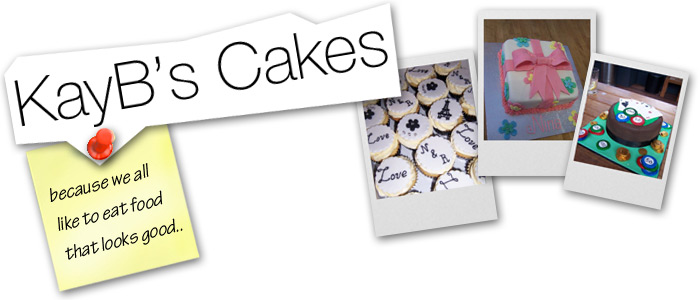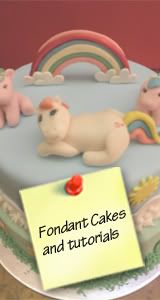Did you see the first episode of MasterChef, series 2? It was amazing! The top 50 amateur chefs in the country battling it out for a coveted spot in the top 24. There was tears, cussing, sweaty arm pits and more tears. Brilliant TV.
And just when you didn’t think it could get any better, in walks the dessert queen herself - Donna Hay. Then she whips out a perfect pavlova, and I go weak at the knees.
I frickin’ love Pavlova! Gooey marshmallow goodness topped with cream and fruit - Yum yum! I’ve never even thought of making a pavlova, because every birthday without fail, a pavlova is placed in front of me with candles stuck all over it. There has never been a need for me to make one. Except for now.
(Check it out - Me and my birthday pavlova!)
I had to have a Donna Hay Pavlova. I neeeeeded it! Ok, so I wasn't going to get one made by Donna herself (obviously!), but I could give her recipe a good damn crack.There were two attempts this weekend. The first seemed to be going well, until I pulled it out of my oven and the top cracked. Then an attempt to move it proved too difficult and the whole top collapsed! Bugger.
On to attempt number two. More successful, but still a bit off the perfect Donna Hay pavlova. The outside was crisp and crunchy, and the inside gooey and delicious! Just a little bit more time needed to refine my sugar-adding techniques and cooling method to stop the cracks. But not bad overall.. I even had one of my Kiwi friends come back in for seconds because it was that good!
Speaking of Kiwi’s, here’s a bit of history about the pavlova. If you have a New Zealander as a friend (and let’s face it, we all do because they are great to have around for an occasional verbal beat down! Usually involving sheep..), chances are you’ve debated about the origin of the pavlova. Well, turns out us Aussie’s can’t claim this glorious dessert. Research shows a New Zealand chef in Wellington created the dessert and named it after Russian ballet dancer Anna Pavlova during her visit to the land of the long white cloud in 1962. Shame. But that isn’t gonna stop me eating it!
Classic Pavlova
4 egg whites
1 cup caster sugar
2 tablespoons cornflour
2 teaspoons white vinegar
Cream and fruit to decorate
Pre heat your oven to 130 degrees celsius (fan forced). Line a baking tray with grease proof paper.
In an electric mixer beat egg whites to a stiff peak.
Slowly beat in sugar, one teaspoon at a time. Make sure sugar has completely dissolved. Keep beating until egg white mixture is very stiff and glossy.
Mix in cornflour and vinegar until combined.
Spoon mixture onto prepared baking tray, forming a circle shape (approx. 18cm diameter) and built up until all mixture is used.
Place in oven and turn oven down to 110 degrees celsius. Bake for 1 hour and 20 minutes. Leave pavlova in oven until completely cooled.
Serve with cream and fruit.
Tips and Tricks
- Eggs must be a room temperature.
- You must add sugar gradually! Ensure sugar has dissolved before adding more. The process of adding all the sugar took me 20 plus minutes. If the sugar hasn't dissolved completely it will weigh your pavlova down and it will collapse.
- Make sure your mixer is clean. Any trace of fats or oils will make the pavlova collapse.
- If you cool your pavlova too quickly it will crack. Hence why you need to leave it in the oven.
- If you have a temperamental oven, the slower the better! Cook your pavlova at a low temperature for a longer time period.






